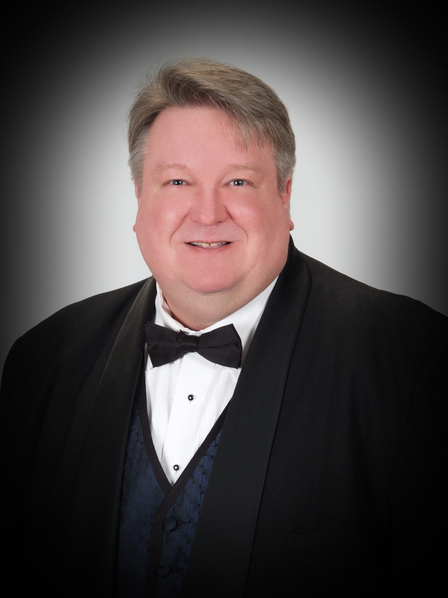
Anton Anderssen, Lord of Hartforth
Anton Anderssen is an internationally syndicated writer and classical scholar who specializes in High Culture.
Meaning of High Culture: it is the culture of an elite such as the aristocracy or intelligentsia, but also defined as a repository of a broad cultural knowledge, as a way of transcending the class system.
Anton descends from European aristocracy and is a member of multiple high IQ societies. In addition to graduating with highest distinction from Indiana University, he earned a Juris Doctor degree from Wayne State Law School, and continued to earn some 50 graduate credits in courses in or related to cultural anthropology. He is a member of the The Computational Social Science Society of the Americas and has 12.5 years' experience in computer information systems at General Motors and Chrysler, with expertise in social networking phenomena since the advent of Compuserve in the late 1980s.
Meaning of High Culture: it is the culture of an elite such as the aristocracy or intelligentsia, but also defined as a repository of a broad cultural knowledge, as a way of transcending the class system.
Anton descends from European aristocracy and is a member of multiple high IQ societies. In addition to graduating with highest distinction from Indiana University, he earned a Juris Doctor degree from Wayne State Law School, and continued to earn some 50 graduate credits in courses in or related to cultural anthropology. He is a member of the The Computational Social Science Society of the Americas and has 12.5 years' experience in computer information systems at General Motors and Chrysler, with expertise in social networking phenomena since the advent of Compuserve in the late 1980s.

L’opéra: The Seven Arts
There are seven pillars that reify the conceptualization of “high culture,” and they are the seven arts: Legitimate theatre, sculpture, optical/visual arts, poetry, expressive dance, rhythm/music and architecture. My mnemonic for the seven arts is the word L’opéra.
L is for legitimate theatre (as opposed to vaudeville or circus performances); it encompasses plays, musicals and operettas (but not high opera, which is music-driven rather than word-driven, and therefore is more correctly classified as music).
The superscript sign apostrophe ( ‘ ) is used to indicate the omission of a letter or letters from a word; in this case it represents sculpture: the omission of matter from a chunk of marble. Classical sculpture is not created by assembling it - it is created by removing or omitting the pieces of marble that should not be there.
O is for the optical (visual) arts, and includes fine art paintings by the grand masters, like Van Gogh, Monet, Rembrandt, Da Vinci, Michelangelo and Raphael.
P is for poetry.
É is for etiquette dance, meaning dance performance where there are rules (etiquette) which must be followed. Ballet is considered high culture because of the excruciatingly correct techniques required of the performers and the etiquette required of the patrons. Sports such as gymnastics, figure skating and synchronized swimming are generally accepted as derivatives of etiquette dance. Remember this art by the accent aigu dancing over the letter.
R is for rhythm/music. The perception and abstraction of rhythmic measure is the foundation of human instinctive musical participation, it is inextricably tied to music.
A is for architecture. It falls within the realm of high culture relative to its value as part of a broader social, political, and aesthetic discourse.
Why did I choose the word L’opéra? In German, there is the concept of Gesamtkunstwerk, a term for the comprehensive work of art, in which one work synthesizes all or several other art forms. Opera is the golden example of Gesamtkunstwerk.
There are seven pillars that reify the conceptualization of “high culture,” and they are the seven arts: Legitimate theatre, sculpture, optical/visual arts, poetry, expressive dance, rhythm/music and architecture. My mnemonic for the seven arts is the word L’opéra.
L is for legitimate theatre (as opposed to vaudeville or circus performances); it encompasses plays, musicals and operettas (but not high opera, which is music-driven rather than word-driven, and therefore is more correctly classified as music).
The superscript sign apostrophe ( ‘ ) is used to indicate the omission of a letter or letters from a word; in this case it represents sculpture: the omission of matter from a chunk of marble. Classical sculpture is not created by assembling it - it is created by removing or omitting the pieces of marble that should not be there.
O is for the optical (visual) arts, and includes fine art paintings by the grand masters, like Van Gogh, Monet, Rembrandt, Da Vinci, Michelangelo and Raphael.
P is for poetry.
É is for etiquette dance, meaning dance performance where there are rules (etiquette) which must be followed. Ballet is considered high culture because of the excruciatingly correct techniques required of the performers and the etiquette required of the patrons. Sports such as gymnastics, figure skating and synchronized swimming are generally accepted as derivatives of etiquette dance. Remember this art by the accent aigu dancing over the letter.
R is for rhythm/music. The perception and abstraction of rhythmic measure is the foundation of human instinctive musical participation, it is inextricably tied to music.
A is for architecture. It falls within the realm of high culture relative to its value as part of a broader social, political, and aesthetic discourse.
Why did I choose the word L’opéra? In German, there is the concept of Gesamtkunstwerk, a term for the comprehensive work of art, in which one work synthesizes all or several other art forms. Opera is the golden example of Gesamtkunstwerk.

Anton Anderssen
P O Box 2444-4000
San Jose Costa Rica
P O Box 2444-4000
San Jose Costa Rica